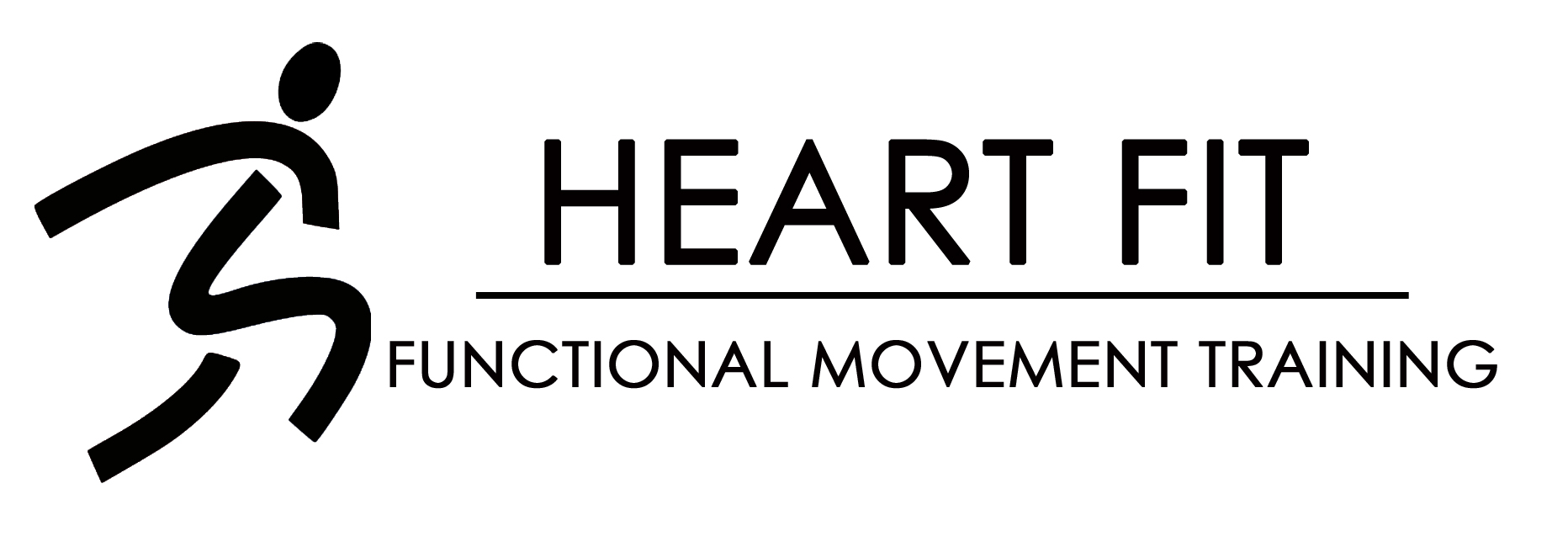Are You Senior Fit?
Balance and flexibility issues are the two most common problems that seniors face today. All too often when I sit down with a new client to go over their current exercise plan, they are all too eager to tell me how much weight they can lift. But most can’t perform the most basic functional tasks such as a proper squat or touch their toes.
Whenever I start a program with a new client we always start with building a proper foundation. We have to free the body of flexibility limitations and stability issues before we start any type of strength training. Our balance will become distorted if we don’t have full range of motion causing us to use inappropriate stabilization patterns and rely on stiffness to get through different movements. There is always a chain reaction happening in your body if you have flexibility limitations and stability issues. When tightness is identified in one area of the body there is always a weakness existing somewhere else in the body. The hamstrings for example seemingly become tight when the core is too weak to control the pelvis. In the presence of weakness, the body will develop increased muscle tone that is observed as tightness simply to survive. Targeting the tightness alone without creating stability somewhere else in the body is a short term gain at best.
In order to improve our balance and flexibility we have to get your body to work as a unit, without relying on individual muscles. If you stimulate a pattern as opposed to an individual muscle you can then develop more balance and flexibility.
Reactive neuromuscular training (RNT) exercises are the best way to clean up your poor movement patterns, are very cost effective and can be done from the comfort of your own home. For example using RNT for a squat will allow you to have support by giving you resistance when you start to squat and assistance when you come out of the squat. Another trick we use to break poor flexibility patterns is to add about a three inch heel lift under your heels. Most flexibility problems are due to an overactive calf muscle. A heel lift allows the calf muscle to relax and work as a unit with the rest of the body. By doing all of this it will allow you to perform deeper squats increasing your range of motion and dramatically improve your balance and flexibility.
